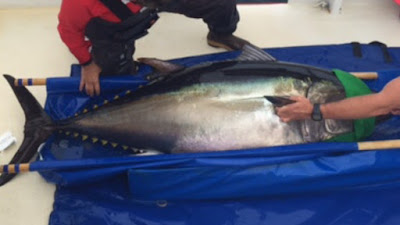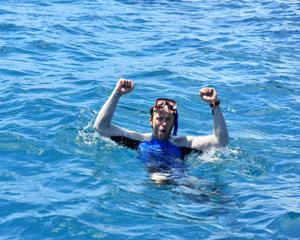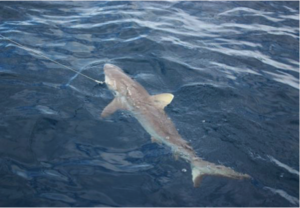Tuna fishing can be one of the most frustrating sports in the World...there are times when you will spend days on the water and never see a fish...and there are other times that you will catch a fish but the hook will pull out or the line will chafe and break.
This weekend was not that weekend...with only two boats fishing for the tagging team...the F/V Bay Queen IV and F/V Nicole Brandy tagged and released 12 bluefin tuna on 16 hook-ups. To say the bite was hot is an understatement...the fish in the Gulf of St. Lawrence are large by anyone's standards, and the "small" fish are still over 500lbs. It takes almost an hour to fight these fish, so in two days we fought fish for over 12 hours (including the ones we lost).
We had fish erupt all around the boat on multiple occasions...imagine twenty 800 lb tuna coming 6 feet out of the water only an arm's length away from the boat. Standing at the back of the boat, you actually got splashed by the jumping fish as they chased billfish (saury) from Cape George to Cape Breton.
Our last bite on Sunday came as the sun was setting...it was our 6th fish of the day...and as I reeled in the Huey bait...WHAM...double header! Double headers happen quite often in fishing, especially tuna fishing and it is quite exciting. However, when both fish are over 700lbs it can be quite difficult to get both fish back to the boat. The captain has to maneuver the boat to make sure the fish don't take all the line off the reel or that the fish cross and cut the lines. Captain Dennis continued to amaze as he flawlessly positioned the boat to ensure both fish were successfully tagged!
 |
| Double header |




























































